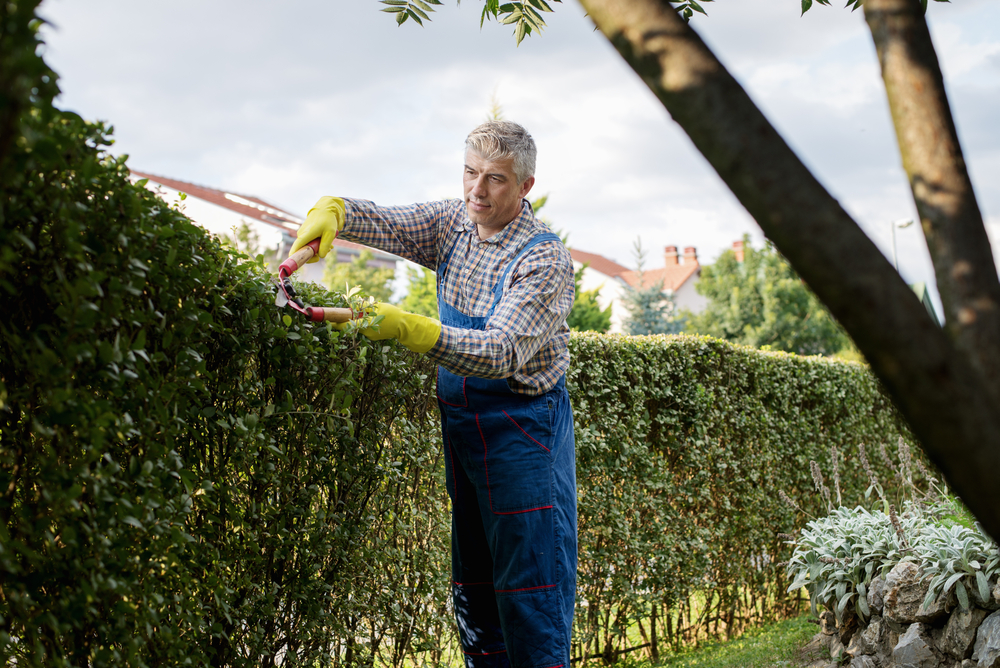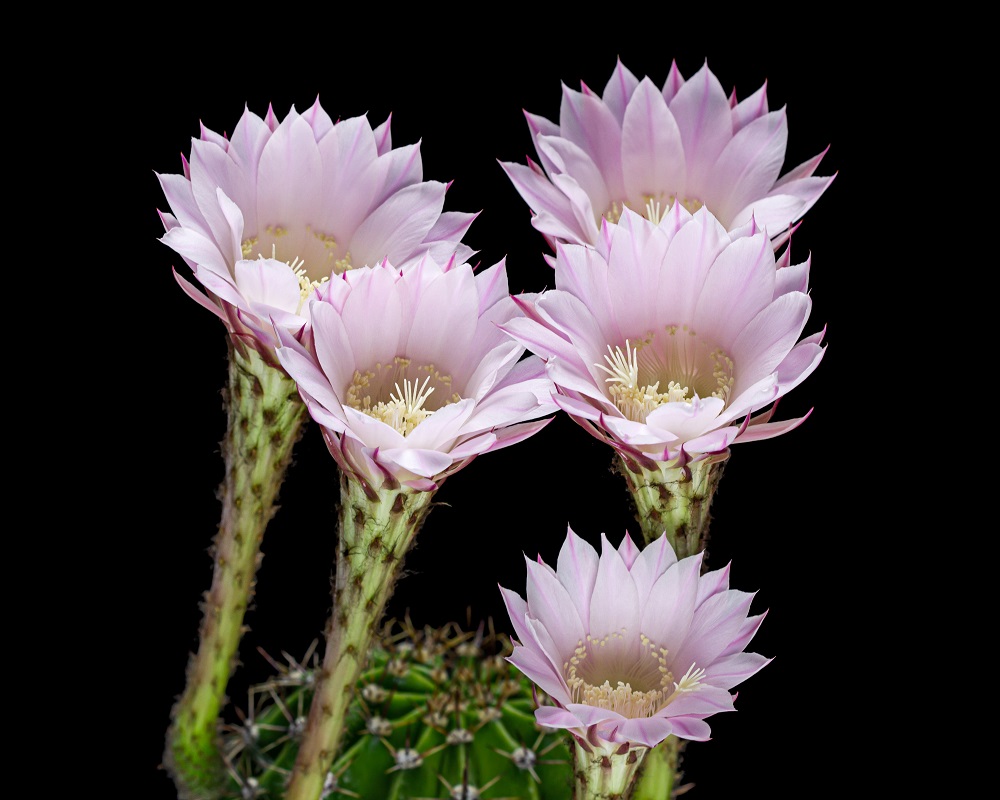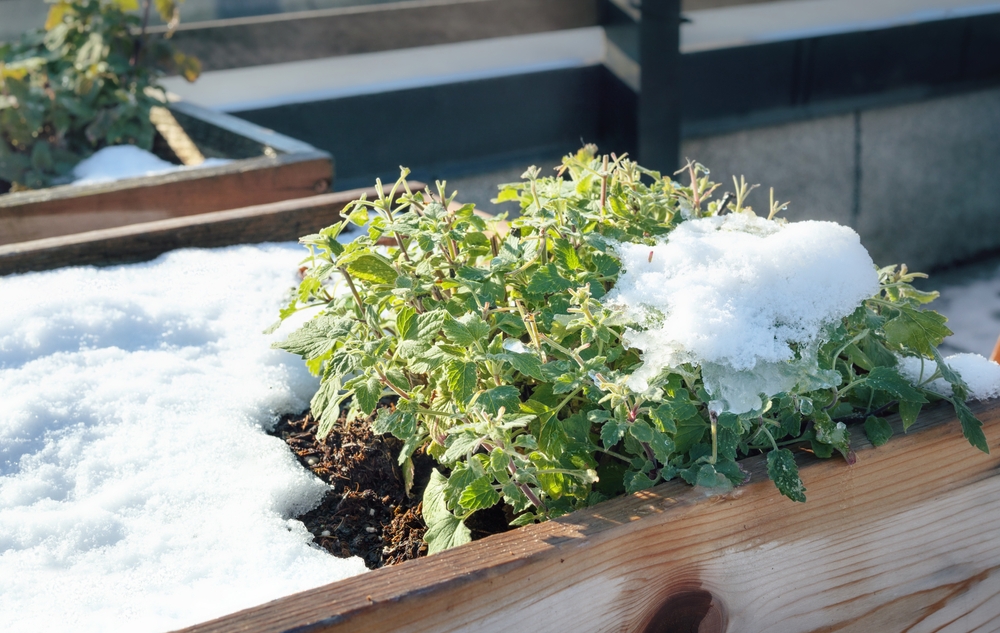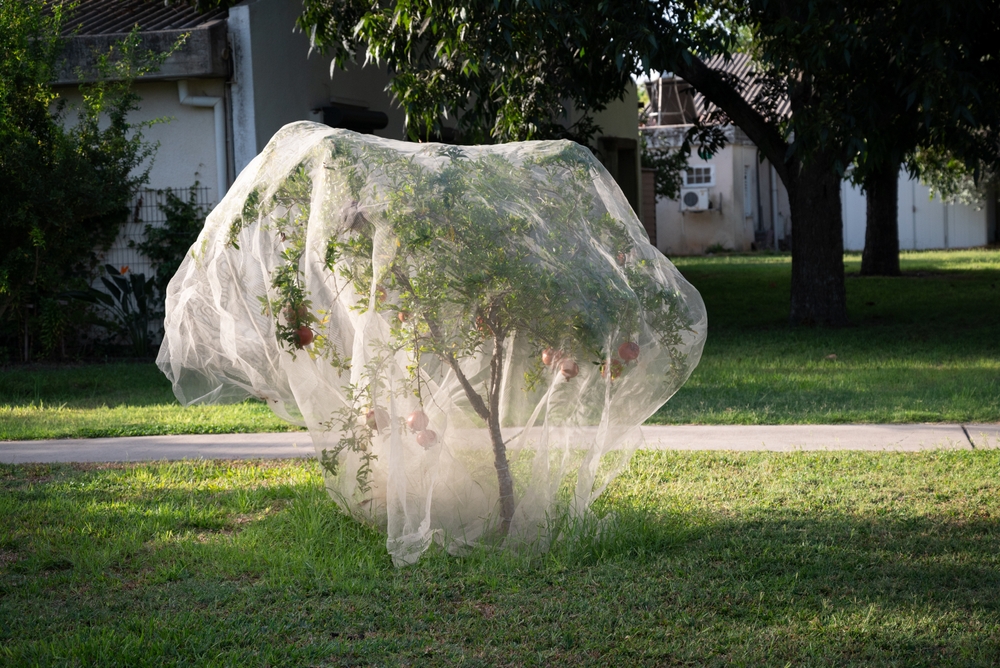Are You Tired of Looking at a Messy Yard? Here’s the Complete Spring Cleanup Plan to Restore Its Beauty
Ah, spring! Isn’t spring the best season ever? I love how nature comes to life. The birds are singing, the sun is shining, and I feel like I have a lot of energy to sort out my life. The only thing that makes me go crazy is the way my yard looks. It seems like it was hit by a tornado made entirely of leaves, sticks, and mysterious debris that I swear wasn’t there in the fall.
I keep lying to myself every year, because every spring, I tell myself the same lie: This time will be different. Even though I’m not a fan of spring cleanups, this year, I will not give up until I create the garden of my dreams. I want to create a cozy space for me to relax and have my coffee in the morning. Currently, I am avoiding spending time in my yard just because I simply can’t relax when I see how many things need to be done.
So, here we are. I am writing this article as I sit with my coffee and examine what winter left behind. Considering that this isn’t my first year doing it, I know exactly which are the steps I need to go through. Let’s say that I’ve got a plan and a checklist that will make everything easier.
Before we get to the checklist, the first step is to accept our fates. It’s not possible to avoid it for any loner. So, take a deep breath and mentally prepare for the tasks ahead.
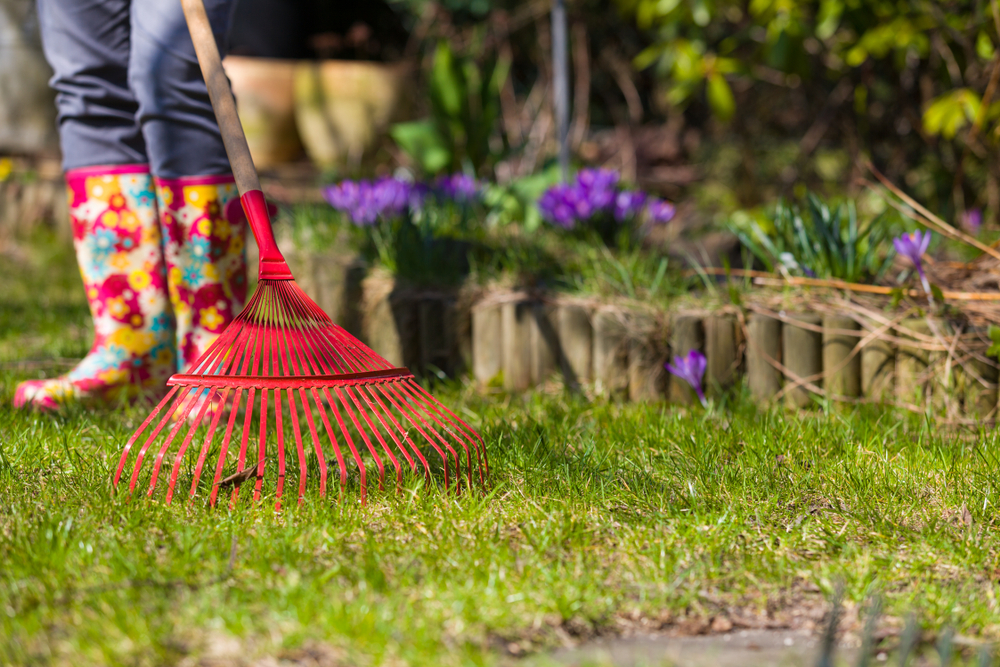
8 Spring Yard Cleanup Tips You Didn’t Know You Needed!
1. Wait for consistent warm weather
Before you start the proper cleanup, you need to wait for consistent warm weather, so you don’t disturb pollinator habitat. It’s essential to know that until the weather is not warm enough, pollinators will stay hunkered down in the leaves to protect them from the late-season freezing temperatures.
But in case you have a large area that needs to be cleaned, it’s not realistic to wait until mid-May to complete the spring cleanup. I suggest you to be organized and make a plan. Leave some areas untouched, and this way, pollinators will continue their slumber until they are safe to wake up.
2. See which plans need your attention
You surely know that some plants need extra time to wake up after the harsh winter filled with bad weather. In case you don’t see any new growth from last year, don’t panic, sometimes perennials may take a little while to wake up in early spring.
So, I advice you to check the status of your plants and see exactly which are the ones that need your attention first.
3. Freshen up your flower beds
Before you do anything else, it’s essential to move around all the dirt and dried-out leaves that have been covering your plants. Considering that these dense materials can smother plants, it’s important to remove them carefully as soon as the spring arrives. After the winter months, your flower beds need a little attention. So, before you start planting, they need a serious refresh.
Begin by clearing out all the dead plants and any debris accumulated over winter. Once your beds are clear, you can get to the soil. Use a garden fork or tiller to loosen the top few inches and mix in fresh compost or organic matter. This will enrich the soil, providing essential nutrients for your new plants.
Next, you should define the borders of your flower beds. It will keep away all the grass and weeds and will also offer them a neater look. Then, it’s time for the fun part. You can finally plant new flowers. I noticed that for my garden, the ideal flowers are pansies and snapdragons, as well as the perennials that will bloom later in the season.
Finally, don’t forget to apply a layer of mulch. It will not only give your garden that professionally maintained look, but it will also help suppress weeds and retain moisture.
4. Continue hand watering
A lot of gardeners turn their sprinkler systems on too early. Keep in mind that even April is considered too early. By continuing hand watering you will avoid problems caused by unexpected below-freezing nights.
I often turn up my sprinkler systems in May. I consider it the most productive month when it comes to spring cleanup.
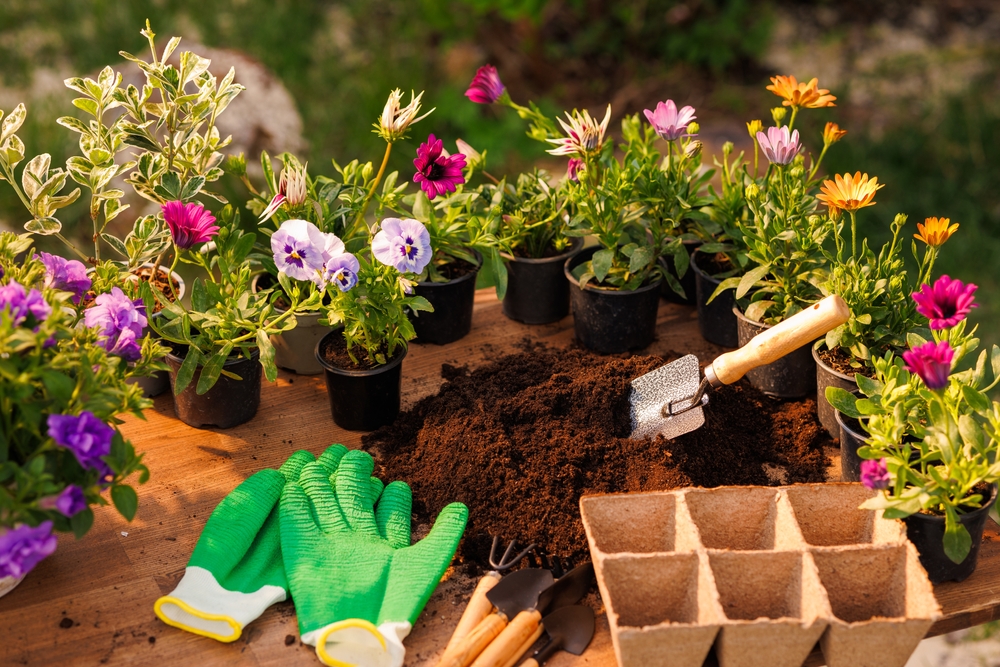
5. Make sure your tools are clean and ready to be used!
I usually clean my tools in the fall. I don’t like to waste time with their cleaning in the winter. An important thing I learned is that staying organized is extremely important. As an experienced gardener, I can proudly say, that most of my success was guaranteed by my working style. It’s essential to stay organized and have a good plan.
6. Prune
As we all know, winter can be very brutal, especially on trees, shrubs, and plants. April and May are the perfect months to chop all those dead branches and offer your yard a new look. Focus on removing the diseased or dead branches, trimming the shrubs to encourage new growth, and cutting back perennials to make way for fresh blooms.
You should start by identifying what needs pruning. Here’s a little secret: If you don’t know exactly if a branch is dead, you can lightly scrape the bark. In case you see green underneath, it means that it’s alive. If it’s brown and brittle, it’s time to cut it off.
Make sure to use sharp and clean pruning tools to make precise cuts. I learned over the years that jagged edges can leave plants vulnerable to disease and pests.
And basically, that’s all! Once everything is trimmed and beautifully shaped, don’t forget to take a step back and admire your work!
7. Wake up your lawn
After months of cold weather, your lawn will need some time to recover. I recommend you start by aerating, especially if you have compacted soil or areas with poor drainage. That’s what worked perfectly in my case.
If your lawn looks patchy, now it’s a good time to overseed. I always choose a high-quality grass seed that matches the existing lawn and spread it evenly over bare spots. Once you spread the seeds, make sure to lightly rake the soil.
My friend, who is an experienced gardener, taught me that fertilizing in early spring can give the grass a boost. However, it’s important to be careful and not overdo it. Oh, and one more thing! Opt for a balanced, slow-release fertilizer to provide nutrients gradually because too much fertilizer can encourage excessive growth and disease-prone grass.
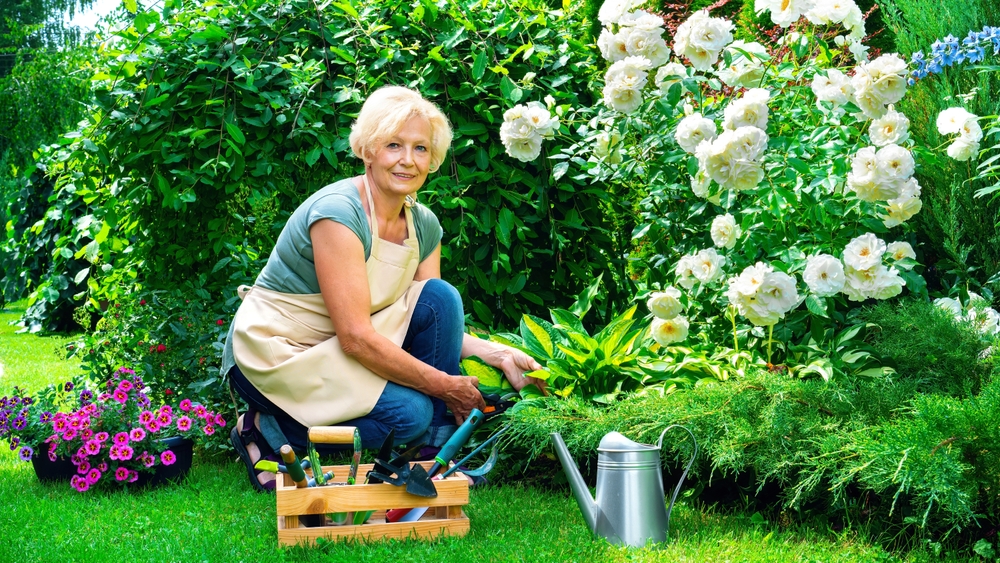
8. Bring out the yard furniture
You can’t consider your cleanup done until you add your outdoor furniture. After all the months I spent indoors, I can’t wait to finally enjoy spending time in nature. Last year we bought a new set of furniture for our backyard. I opted for wood because it offers the place a rustic touch. This year I plan on adding pink and orange decorative items to make the best out of my terrace. How does it sound?
I truly believe that adding small decorative items can immediately improve the look of a yard. I purchased everything I have from Amazon and I was impressed by the quality. I totally recommend you check out this little solar turtle! All my friends and neighbors who came to visit us were impressed by its cuteness. And that’s not all! There are a lot of other decorative items available on Amazon. All you need is just a little time to scroll through the options.
After the winter months, your flower beds need a little attention. So, before you start planting, they need a serious refresh.
If you found this article useful, here’s what to read next: 8 Charming Rustic Garden Design Ideas You’ll Love


